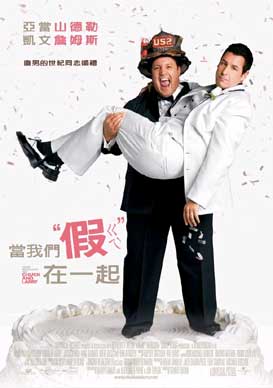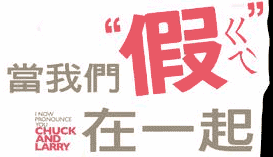Sino-Platonic Papers has rereleased for free another book-length back issue: A Partial Bibliography for the Study of Indian Influence on Chinese Popular Literature (10.8 MB PDF), by Victor H. Mair.
Here are the contents:
- Journals and Works Referred to in Abbreviated Fashion
- Catalogs of Tun-huang Manuscripts and Bibliographies of Studies on Them
- Chinese Studies, Texts, Translations, and Dictionaries
- Japanese and Korean Studies, Texts, Translations, and Dictionaries; Southeast Asian Sinitic Dictionaries
- South and Southeast Asian and Buddhicized Central Asian Texts, Translations, and Dictionaries (Includes Indic, Tibetan, Uighur, Indonesian, etc.)
- Near and Middle Eastern Texts, Translations, and Dictionaries
- Studies and Texts in European Languages (Other than Translations from the Above Groups)
- Films, Performances, Lectures, Unpublished Manuscripts, and Personal Communications
- Articles and Books Not Seen
The introduction is also online in quick-loading HTML format.
This was first published in March 1987 as issue no. 3 of Sino-Platonic Papers.

 A movie currently doing well at the box office in both the United States and Taiwan is I Now Pronounce You Chuck and Larry. In Taiwan, the film has been given the linguistically interesting title
A movie currently doing well at the box office in both the United States and Taiwan is I Now Pronounce You Chuck and Larry. In Taiwan, the film has been given the linguistically interesting title  Getting back to the Taiwanese title, “
Getting back to the Taiwanese title, “